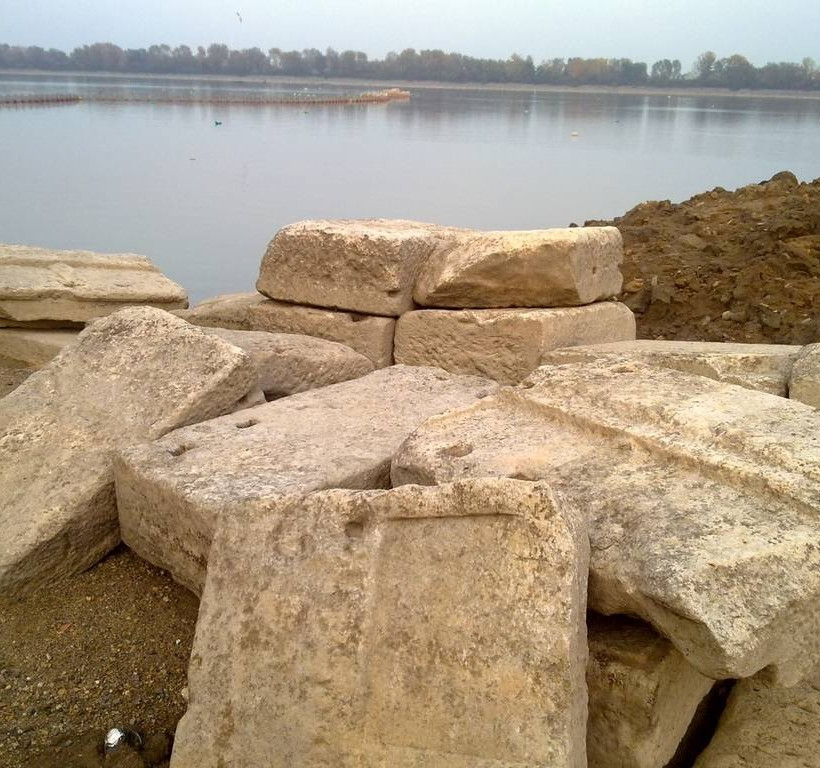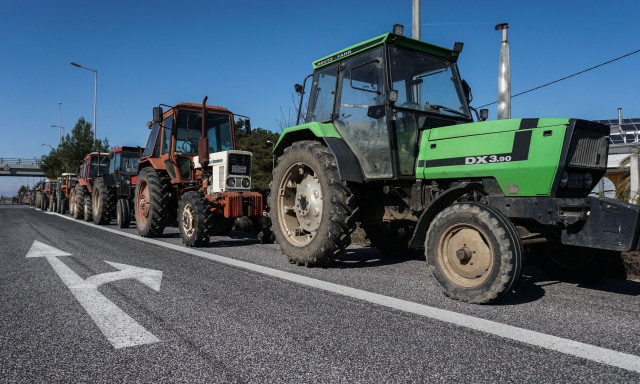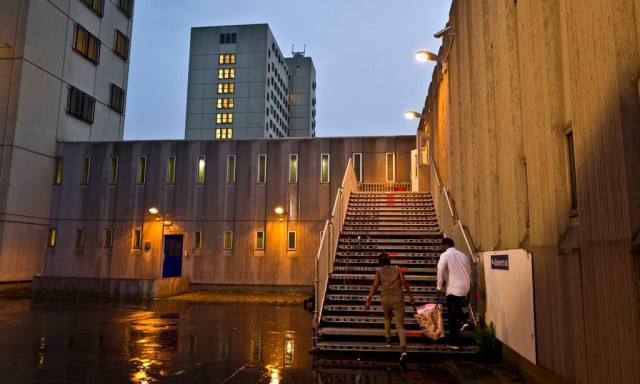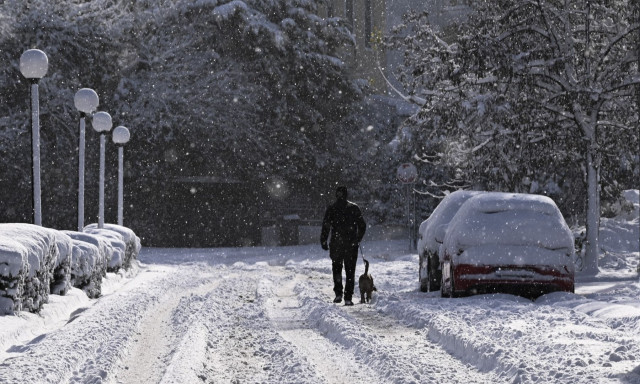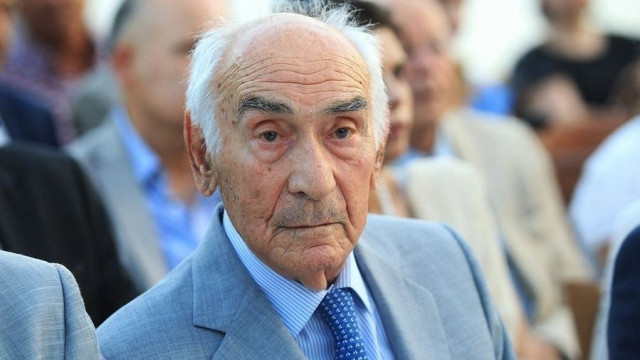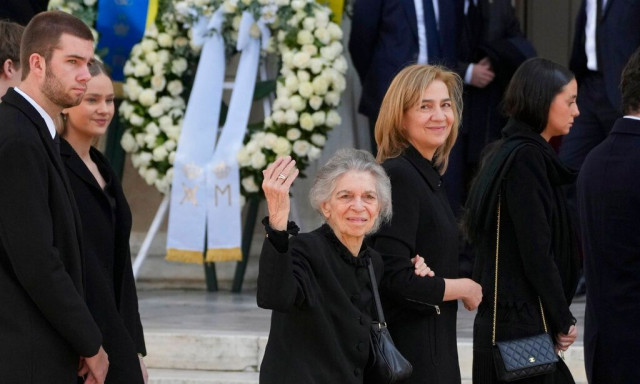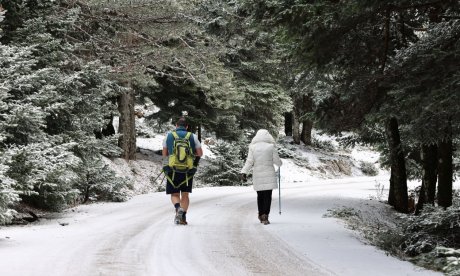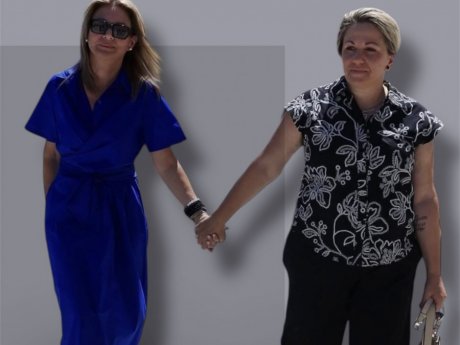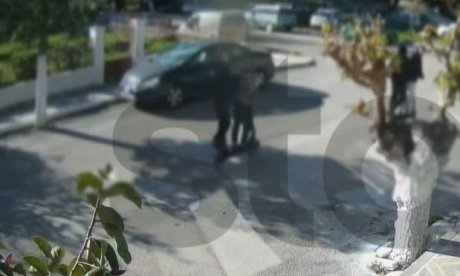Amphipolis - One step closer to the solution of the mystery
The thriller of Amphipolis continues and the suspense climaxes. The archaeologists found the grave, nails and ornaments from the coffin, the bones with the skull of the dead, but the gender and the identity of the dead remain unknown. The expert scientists who will work on the anthropological material the following period will probably give answers.
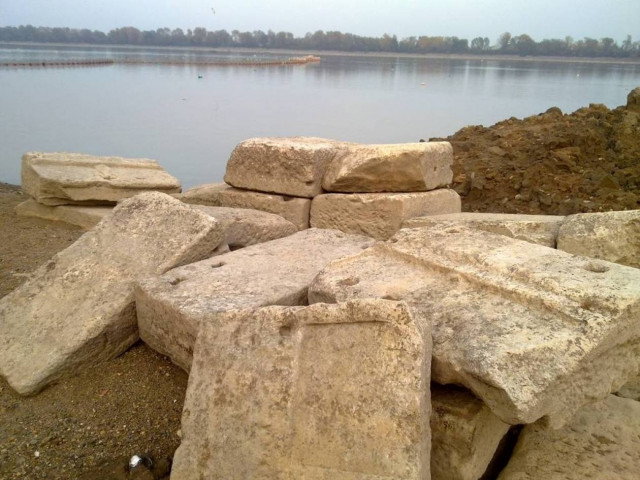
The anxiety intensifies around the impressive funerary monument in Kasta hill.
Is this indeed the "occupier" of the tomb? Who ultimately lies behind this luxurious burial, which has garnered global interest, lately?
As was announced yesterday (12/11/2014), under the stones of the floor at a depth of 1.60 m., was revealed a large cist tomb made of limestone, of length 3.23 m., width 1.56 m., and preserved height of 1 m. This was the first picture of the excavation, because the struts show that the height reaches at least 1.80 m.
Inside the tomb, a longitudinal deepening of width 0.54 m. and 2.35 m length indicates that there was a wooden coffin. This is confirmed by the scattered iron and copper nails and the bone and glass decorative elements of the coffin, while according the announcement of the Ministry of Culture, the total height of the third chamber from the top of the dome to the bottom of the tomb is 8.90 meters.
The skeleton of the dead, which was found inside and outside the tomb, was the greatest satisfaction of the archaeologists, although the way they found it, confirms the looting.
As said a member of the Ministry of Culture, "unfortunately we cannot say if the bones belong to a male or female because the pelvis was crushed. So, the scientists who will examine the material will tell us. Besides, an anthropologist can immediately give the answer."
The funerary complex on the Kasta hill seems that it was a public project.
For its construction was used the bigger quantity of marble that has ever been used in Macedonia, notes Mrs. Anna Panagiotarea, which is reminiscent of the elements that make this monument, unique: A tomb of 33 m., and upon it a pedestal with the oversized lion, totaling 15.84 m.
"The Sphinxes, the Caryatids and the beautiful mosaic with the abduction of Persephone, and the painted marble architraves, which are maintained in the laboratory of the Museum of Amphipolis. Note the unique height of the whole construction. This monument is unique and original synthesis of diverse characteristics. It is an extremely precise construction, the cost of which is obviously unlikely to have been taken by an individual."
It underlined also that "this is a monument of a dead hero, i.e. mortal, to whom were attributed religious honor from the society of his time. The deceased was a prominent figure, as this is the only way to explain the construction of this unique burial complex."
As was to be expected after the announcements, was flared up once more the hypotheses for the dead, and the theories for Alexander and Olympias.
Also revives the theory that the monument can be for Hephaestion. "Alexander the Great wanted to deify his childhood friend, companion and officer in the campaign in Asia, Hephaestion (son of Proponents), but the Macedonians did not accepted that and requested not to do this, considering that the only God was Alexander himself", speculate the scientists, although the body of Hephaestion was cremated.
At the same time, the declarations of Mrs. Katerina Peristeri that "the tomb belongs to a Macedonian general", spark new debates and speculations.
"The excavation of the Kasta tomb was completed in the best scientific manner, we have an amazing tomb. A big thanks to all colleagues who gave their souls for this excavation, the Ministry of Culture until the last employee and beyond what I would like to thank the rector of Aristotle University, who came to our group and Gregory Tsokas to continue our work in the Tomb. The excavation has not stopped, it will continue because even the yard may preserve many secrets", said the archaeologist, in charge of excavations.
What will happen then from now on? In order to launch the reconstruction work, will be studied systematically the scattered architectural parts, which have been identified and belong to the precinct. Around 500 marble parts are located in the area where is located the Lion of Amphipolis and another 100 have recently revealed when the water in the lake Kerkinis, withdrawn. These are cornices and pillars from the precinct that had been transferred in 1936 from the company Oulen, when was manufactured the dam in Kerkinis.
The monitoring and sampling of sediments, inside and outside the tomb, and the drilling of subsoil will provide information about the geological background. Also is planned the completion of sifting of soil, of the support works and maintenance of the monument and of course of the findings in the laboratory of the Museum of Amphipolis.
On 22 November, the Minister of Culture and Sport Mr. K. Tasoulas will be interviewed at the Museum of Amphipolis, while on 29/11 in Athens, the excavator Mrs. K. Peristeri will present the results of the excavation in Kasta hill, at the auditorium of the Ministry.
At the same time was announced that the geophysical research will be conducted by the Laboratory of Applied Geophysics of AUTH which is directed by Professor Gregory Tsokas, after a proposal from the Rector Professor Pericles Mitkas. Besides, AUTH except from its expertise, allocated to the Ministry of Culture resources of the University.

